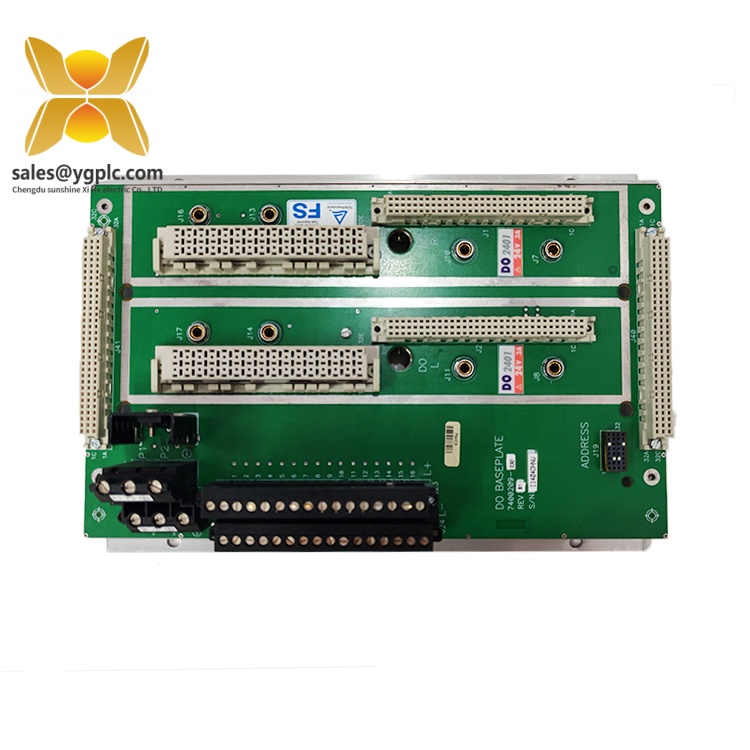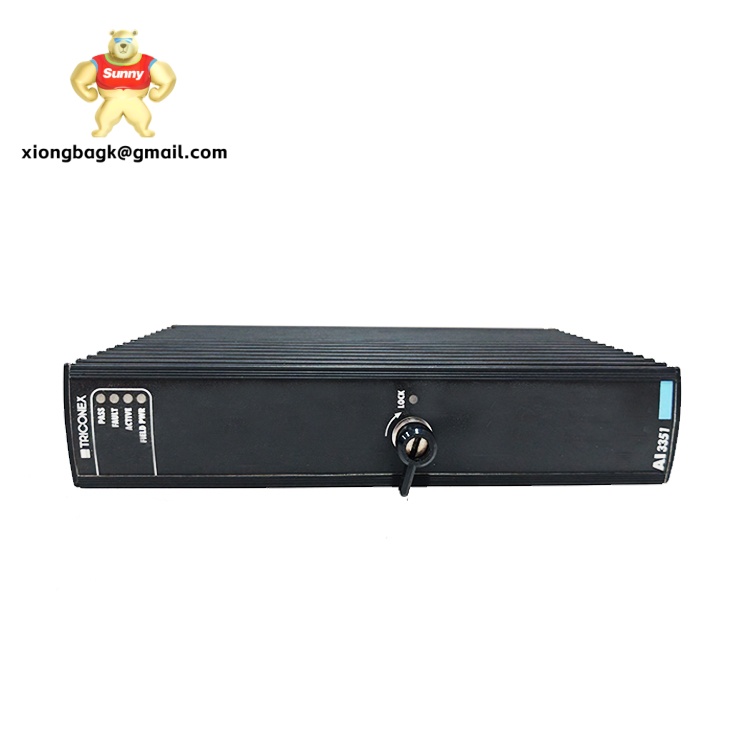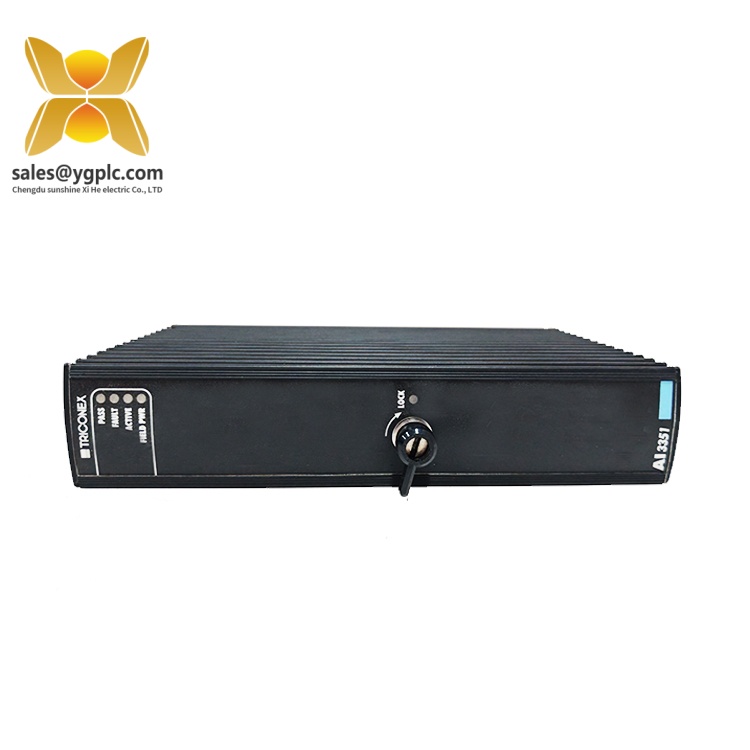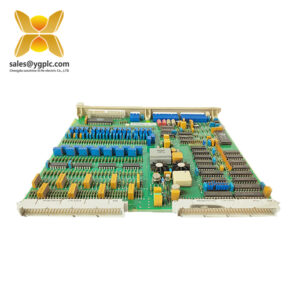Description
Product Overview
The ABB PCD232A 3BHE022293R0101 is a high-performance digital output relay module designed for industrial automation systems, specifically engineered to interface with a wide range of actuators and control devices. As part of ABB’s Unitrol 6000 X-Power platform, the PCD232A serves as a critical component for precision control in process automation applications. It supports multiple output configurations (relay and transistor) and features advanced signal conditioning, making it ideal for environments requiring reliable switching and control of motors, valves, and other industrial equipment.
The ABB PCD232A 3BHE022293R0101 is a high-performance digital output relay module designed for industrial automation systems, specifically engineered to interface with a wide range of actuators and control devices. As part of ABB’s Unitrol 6000 X-Power platform, the PCD232A serves as a critical component for precision control in process automation applications. It supports multiple output configurations (relay and transistor) and features advanced signal conditioning, making it ideal for environments requiring reliable switching and control of motors, valves, and other industrial equipment.
With a robust design and wide operating temperature range (-40°C to +85°C), the PCD232A ensures stable performance in harsh industrial settings. Its dual-channel architecture allows simultaneous processing of two independent digital signals, while built-in diagnostic capabilities (e.g., short-circuit detection, overvoltage protection) enhance system integrity. The module’s configurable output parameters (e.g., voltage levels, switching delays) enable seamless integration with diverse field devices, reducing setup complexity. By combining high-speed data conversion (16-bit resolution) with low noise interference, the PCD232A delivers precise control for applications such as motor control, valve actuation, and machine automation.
The ABB PCD232A communicates via Profibus DP and Ethernet/IP, ensuring compatibility with ABB’s Total Integration Architecture and third-party systems. Its compliance with international standards (IEC 61131-2, UL 508) guarantees global usability and adherence to strict safety and performance benchmarks. Whether deployed in manufacturing, energy, or infrastructure sectors, this module forms the backbone of efficient and intelligent automation solutions.
Technical Specifications
| Parameter Name | Parameter Value |
|---|---|
| Product Model | PCD232A 3BHE022293R0101 |
| Manufacturer | ABB |
| Product Type | Digital Output Relay Module |
| Compatible Platforms | Unitrol 6000 X-Power, AC 800M, Advant OCS |
| Output Signals | Relay (24V DC/2A) or Transistor (24V DC/1A) |
| Resolution | 16-bit |
| Switching Frequency | 10 kHz (max) |
| Overvoltage Protection | 30 V DC (continuous) |
| Power Supply | 24V DC (±20%), 100 mA (max) |
| Communication Protocols | Profibus DP, Ethernet/IP |
| Operating Temperature | -40°C to +85°C (non-condensing) |
| Dimensions (W×H×D) | 100mm × 80mm × 15mm |
| Mounting Method | DIN-rail or panel mounting (vertical/horizontal) |
| Degree of Protection | IP20 (front panel), IP54 with optional cover |
| Compliance Standards | IEC 61131-2, EN 61000-6-2/-3, CE, UL 508 |
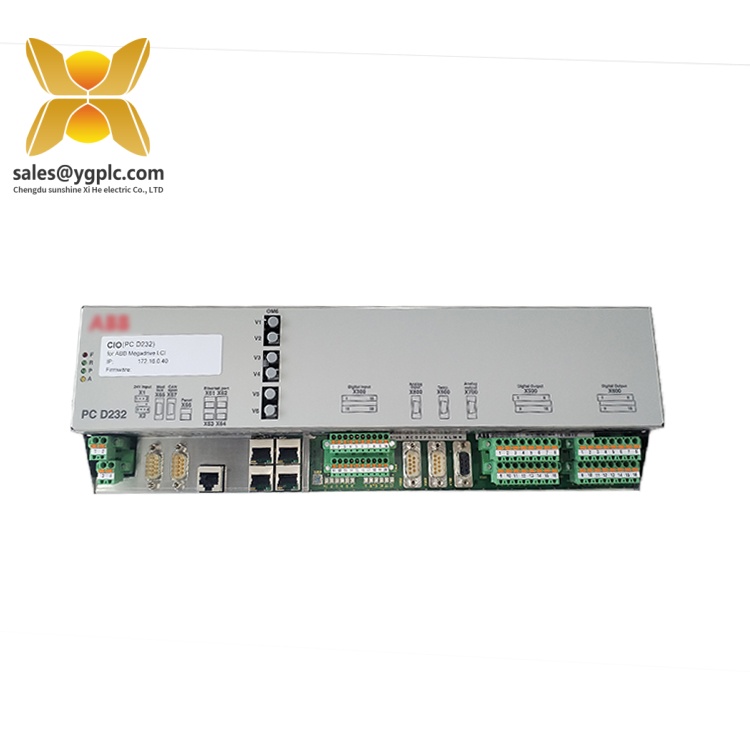
PCD232A 3BHE022293R0101
Main Features and Advantages
The ABB PCD232A 3BHE022293R0101 stands out for its versatility, precision, and adaptability to evolving automation needs. Its multi-output support eliminates the need for dedicated modules, reducing inventory costs and simplifying system design. The module’s auto-ranging capability automatically detects output signal types, streamlining configuration for mixed-control environments. Advanced filtering algorithms ensure stable switching even in high-noise settings, while configurable alarm thresholds enable proactive fault management.
A key advantage is its hot-swappable functionality, allowing maintenance or replacement without powering down the system—an essential capability for live industrial environments. The PCD232A also features a comprehensive diagnostic suite, including real-time error detection and automatic reset capabilities, enabling rapid fault isolation. Its compatibility with ABB’s System 800xA software further enhances its value, providing a unified interface for system monitoring, configuration, and troubleshooting.
Engineered for long-term performance, the module undergoes rigorous testing for vibration, shock, and temperature extremes, ensuring compliance with industrial durability standards. Its low power consumption and compact form factor optimize space in control panels, making it suitable for both new installations and retrofitting legacy systems. Whether used in discrete manufacturing, process industries, or renewable energy plants, the ABB PCD232A delivers consistent performance, minimizing operational risks and maximizing return on investment through reliable, future-proof automation.

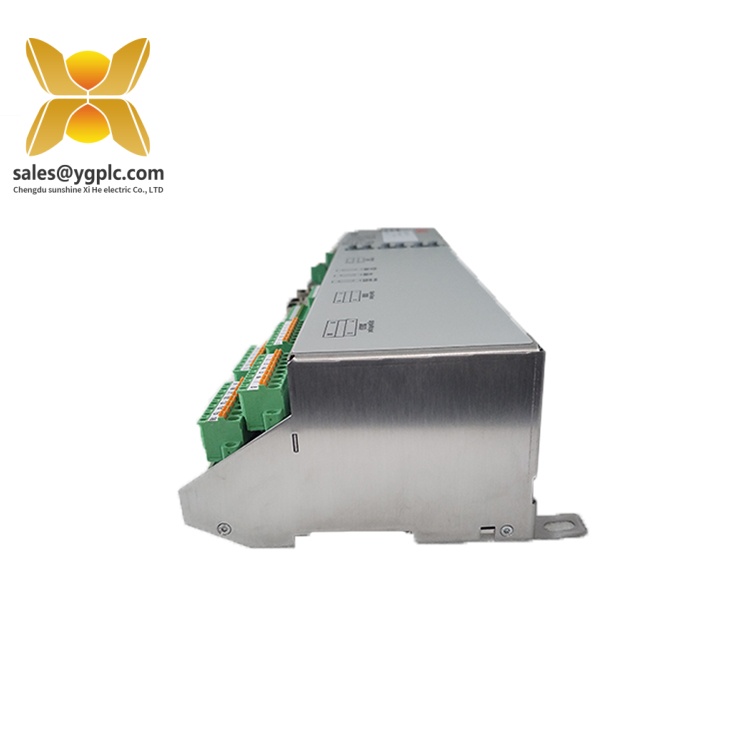
PCD232A 3BHE022293R0101
Application Areas
The ABB PCD232A 3BHE022293R0101 is ideally suited for industrial settings that require seamless integration of digital control signals into automation systems. In manufacturing plants, it monitors critical parameters such as temperature, pressure, and flow in production lines, ensuring precise process control and quality assurance. In the energy sector, it plays a vital role in power plant automation, connecting turbines, generators, and grid control systems to maintain stable energy production and distribution. The module’s robust design also makes it suitable for harsh environments, such as oil and gas facilities, where it supports communication with sensors in offshore platforms or refineries.
Process industries benefit from its ability to integrate with distributed control systems (DCS), enabling centralized management of chemical reactors, mixers, and distillation columns. Its redundancy features are particularly valuable in safety-critical applications, such as pharmaceutical manufacturing or wastewater treatment, where uninterrupted operation is non-negotiable. The PCD232A also excels in infrastructure projects, such as smart grids or water management systems, where it facilitates data exchange between remote sensors and central control rooms, enhancing operational efficiency and responsiveness.
By bridging the gap between high-level controllers and field-level devices, the module ensures that even complex systems operate with precision and reliability. Its protocol flexibility and rugged design make it a versatile solution for any automation scenario that demands secure, high-speed communication and robust fault tolerance.

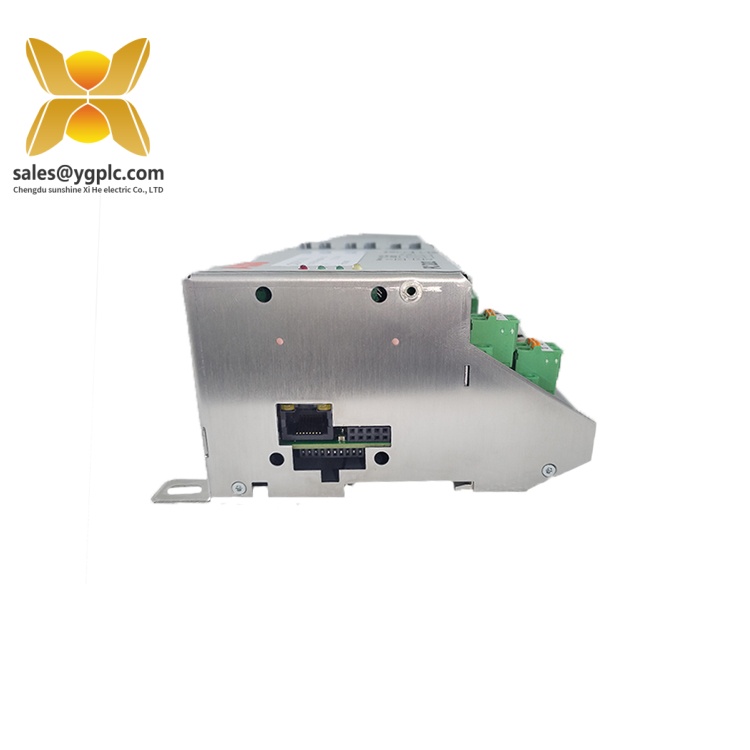
PCD232A 3BHE022293R0101
Related Products
- PCD230A 3BHE022291R0101: A variant with enhanced EMC protection for high-interference environments, sharing the same core functionality as the PCD232A.
- PEC80-CIO: A high-density digital output module (8 channels) for cost-sensitive applications requiring multiple signal outputs.
- PP846A 3BSE042238R2: A power supply module complementary to the PCD232A, ensuring stable voltage delivery in complex systems.
- PFEA113-65 3BSE050092R65: A fieldbus interface module that pairs with the PCD232A for seamless communication in ABB’s AC 800M platform.
- CI858K01 3BSE018135R1: A high-speed analog input module with 8 channels, designed for real-time data acquisition in demanding applications.
- UCD224A102: A digital output module extending the I/O capabilities of systems using the PCD232A.
- GCC960C102: A communication gateway module enhancing network connectivity for the PCD232A in large-scale automation setups.
- PM861K01 3BSE018161R1: A processor module for the AC 800M platform, working alongside the PCD232A for integrated control.
Installation and Maintenance
Installation Preparation:
Before installing the ABB PCD232A, ensure the control system is powered off and the DIN-rail or mounting panel is securely fastened. Verify compatibility with the target platform (e.g., Unitrol 6000 X-Power) and confirm that the power supply matches the module’s 24V DC requirements. Connect actuator cables using shielded twisted-pair wiring to minimize interference, and terminate connectors according to ABB’s recommended standards. Configure the module’s output parameters (e.g., signal type, scaling) via the local configuration tool or System 800xA software, ensuring alignment with the network architecture.
Before installing the ABB PCD232A, ensure the control system is powered off and the DIN-rail or mounting panel is securely fastened. Verify compatibility with the target platform (e.g., Unitrol 6000 X-Power) and confirm that the power supply matches the module’s 24V DC requirements. Connect actuator cables using shielded twisted-pair wiring to minimize interference, and terminate connectors according to ABB’s recommended standards. Configure the module’s output parameters (e.g., signal type, scaling) via the local configuration tool or System 800xA software, ensuring alignment with the network architecture.
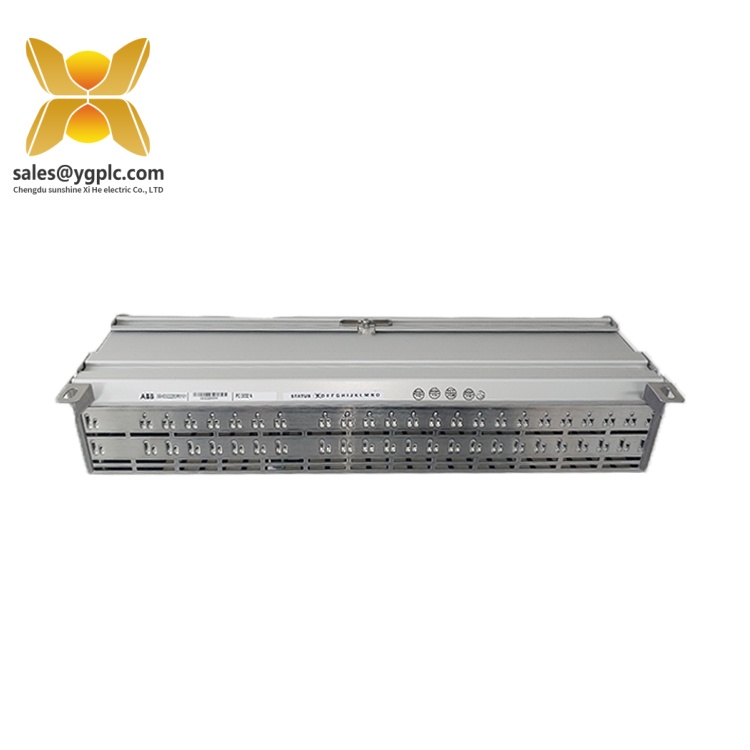
PCD232A 3BHE022293R0101
Maintenance Recommendations:
Regularly inspect the module for loose connections or physical damage, especially in high-vibration environments. Clean the front panel with a dry cloth to prevent dust accumulation that may affect heat dissipation. Use the built-in LED indicators to monitor operational status: a steady green light signifies normal operation, while flashing red indicates faults requiring attention. Periodically update the firmware using ABB’s official tools to access the latest features and security patches, and maintain a backup of configuration files to streamline recovery in case of module replacement. For persistent issues, leverage the module’s fault logging capabilities to identify root causes before initiating troubleshooting.
Regularly inspect the module for loose connections or physical damage, especially in high-vibration environments. Clean the front panel with a dry cloth to prevent dust accumulation that may affect heat dissipation. Use the built-in LED indicators to monitor operational status: a steady green light signifies normal operation, while flashing red indicates faults requiring attention. Periodically update the firmware using ABB’s official tools to access the latest features and security patches, and maintain a backup of configuration files to streamline recovery in case of module replacement. For persistent issues, leverage the module’s fault logging capabilities to identify root causes before initiating troubleshooting.
ABB PM865K01 3BSE031151R1 Switch quantity input card
ABB 5SHY3545L0010 3BHB013088R0001 3BHE009681R0101 GVC750BE101 Enhanced intelligent communication module
ABB SPAJ110C Network communication
ABB SPAJ110C Network communication
ABB GDD471A001 AI/AO/DI/DO module
ABB UAD149A0011 Servo valve
ABB NAIO-03 Optical fiber interface board
 中文版
中文版

 Phone:
Phone:  Email:
Email:  WhatsApp:
WhatsApp: 